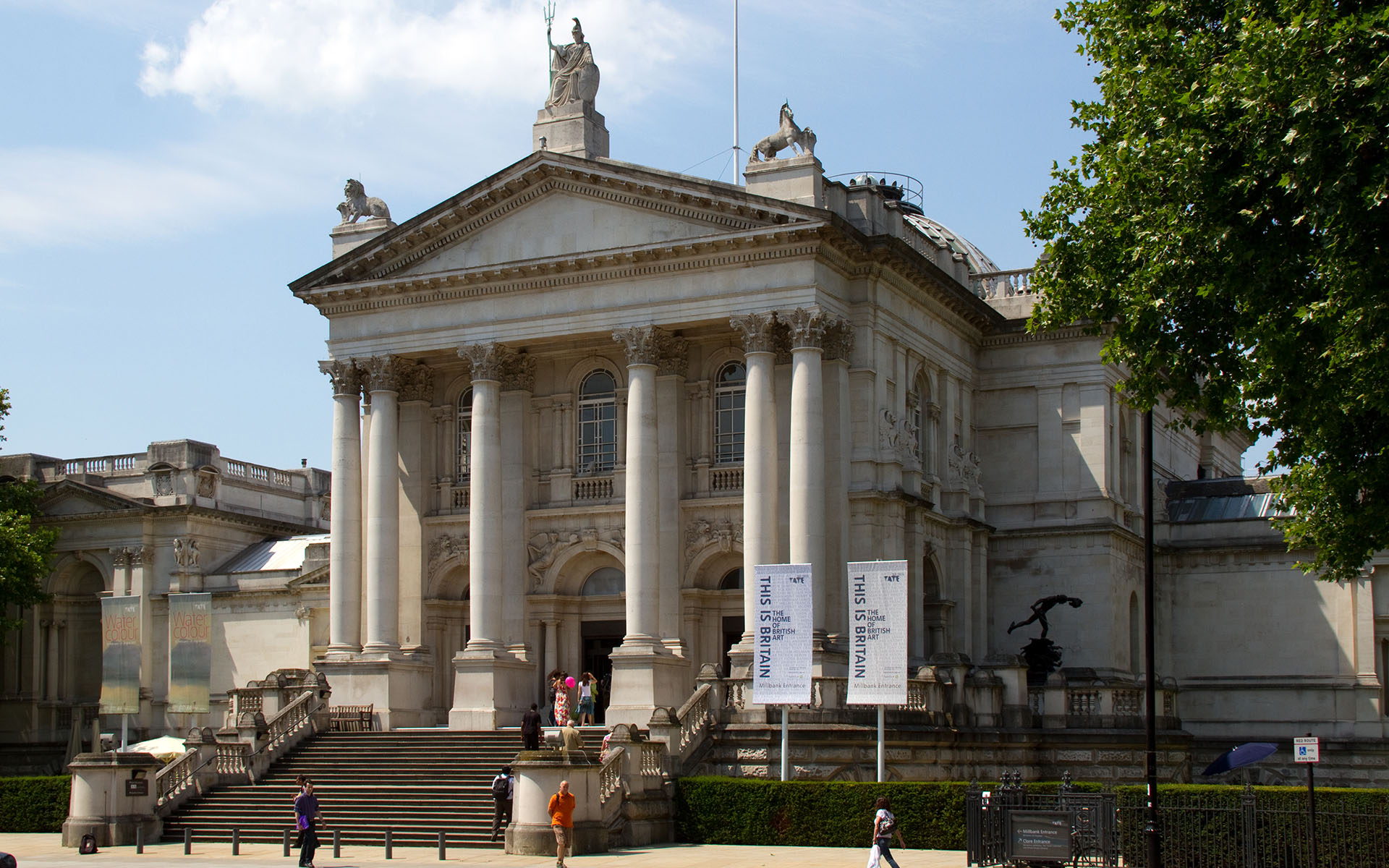As a teacher I’ve sometimes seen students who are making interesting and chaotic work have the life sucked out of it by a curator or lecturer who asks them to reduce it to some kind of minimalist/formalist essence. On one level this article is a defense of the brilliantly chaotic, a mode that can take many forms and rarely gets the kind of in depth thought and critical attention it deserves.
In the skirmishes that define institutional histories of visual art, minimalism has had some significant victories. Its early proponents successfully challenged the dominance of the Clement Greenberg school of formalism in the mid-1960s by reacting against what they saw as the excesses of expressionism in the ‘all-over’ painting that Greenberg championed. Minimalism quickly became an accepted and perhaps favoured institutional style. Nearly four decades later, in 2001, Madonna presented Martin Creed with the Turner Prize for his work The Lights Going On and Off, an empty room in which the lights do as the title says on a ten second cycle. Another small victory for minimalism? Yes, but we might also argue that by 2001 minimalism had itself become part of a broader and thoroughly institutionalised formalism. Continue reading on the Sydney Review of Books website.
